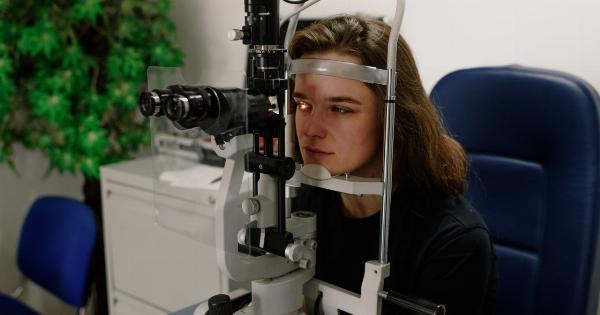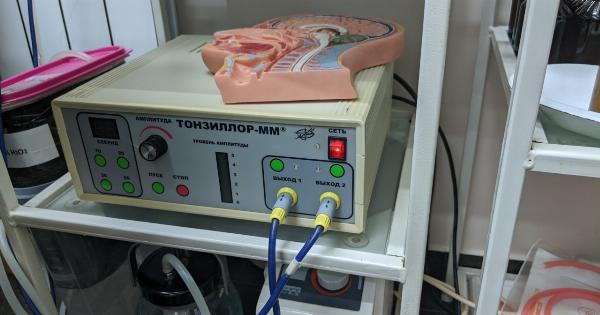As electronic cigarettes (e-cigarettes) become increasingly popular worldwide, they have been the subject of numerous studies that explore their potential health implications.
One such implication that is of grave concern is the link between vapor from electronic cigarettes and acute bronchiolitis.
What is Acute Bronchiolitis?
Acute Bronchiolitis is an acute viral infection that affects mainly young children and infants. It involves inflammation and swelling of the bronchioles, which are the smallest air passages in the lungs.
Although bronchiolitis can be caused by several viruses, including RSV (Respiratory Syncytial Virus), it is not a condition that affects adults regularly.
However, research is showing that exposure to e-cigarette vapor may increase the risk of acute bronchiolitis among children.
What are Electronic Cigarettes?
Electronic cigarettes, also known as e-cigarettes, are battery-operated devices that are designed to provide a user with an experience similar to smoking a traditional cigarette.
The device vaporizes a liquid solution, creating an inhalable mist, which users inhale.
The liquid solution used in e-cigarettes usually contains nicotine, flavorings, and other chemicals.
While e-cigarettes are marketed as a healthier alternative to cigarettes, there is still much research to be conducted on the long-term health effects of e-cigarette use.
The Danger of E-Cigarette Vapor Exposure to Children
Several studies have suggested that e-cigarette vapor emitted by users can expose the children in the area to harmful chemicals.
The National Institute of Environmental Health Sciences (NIEHS) recently conducted a study that found numerous harmful chemicals in the exhaled e-cigarette vapor of users. Some of these chemicals, such as toluene and benzene, are carcinogenic and can lead to neurological, cardiovascular, and respiratory damage with long-term exposure.
When e-cigarettes are used inside homes, the chemicals in the vapor can settle on surfaces around the household, including floors, carpets, and toys, potentially exposing children to harmful chemicals even when the device is not being used directly.
Furthermore, a study conducted in Germany found that exposure to e-cigarette vapor was associated with an increased risk of acute bronchiolitis in children.
The researchers found that children who were exposed to e-cigarette vapor were 10 times more likely to develop acute bronchiolitis than children who were not exposed to the vapor.
The Impact of Secondhand Vapor on Children
Second-hand vapor, also known as environmental tobacco smoke, is a mixture of exhaled mainstream smoke and sidestream smoke from a burning cigarette.
While e-cigarette users do not produce conventional secondhand smoke, the American Lung Association notes that the aerosol exhaled by e-cigarette users poses similar risks to children, especially since, in many cases, the aerosol is not odorless, unlike traditional cigarette smoke.
Secondhand vapor from e-cigarettes can affect children’s respiratory systems in several ways, including:.
- Increased risk of lung infections, including acute bronchiolitis and pneumonia
- Irritation of the eyes, nose, and throat
- Exacerbation of asthma symptoms in children with existing asthma conditions
Preventing Exposure to E-Cigarette Vapor
It is challenging to prevent secondhand exposure when someone uses e-cigarettes in the same space as others. However, some measures can be taken to help minimize the exposure of children to e-cigarette vapor:.
- Establish a no-smoking policy in any living space where children are present
- Avoid using e-cigarettes around children
- Encourage e-cigarette users to go outside to use the device, away from children and non-users
While there is no way to entirely eliminate the risks of e-cigarette exposure to acute bronchiolitis, the above measures can help reduce the chance of exposure and reduce the risk of harm to children.
Conclusion
The dangers of e-cigarette vapor exposure to children cannot be overemphasized. E-cigarettes are still relatively new, and there is much research required on their long-term effects on humans’ health, particularly infant and children.
Meanwhile, it is vital to establish policies that protect children from possible exposure to e-cigarette vapor and actively discourage vaping in shared spaces.



























